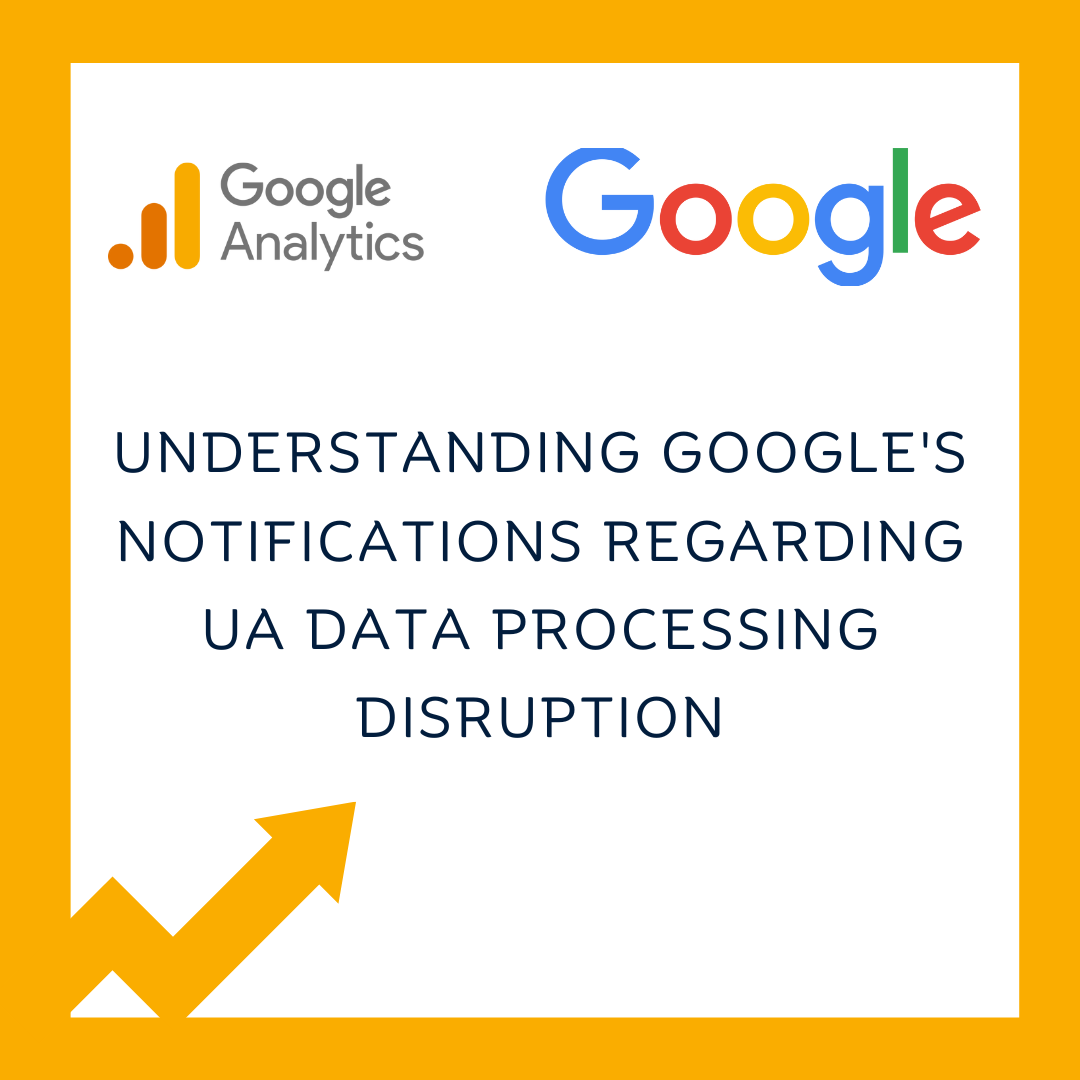In the realm of digital analytics, the smooth flow of data is essential to gaining insights and making informed decisions. Recently, there have been instances where Google has sent notifications indicating that User-Agent (UA) data processing has come to a halt. This development can impact various aspects of data analysis and reporting. In this article, we delve into the implications of these notifications and what they mean for your digital strategies.
1What Does the Notification Indicate?
When Google sends a notification stating that UA data processing has stopped, it means that the data collection and analysis process for user agents is temporarily disrupted. User agents are strings of information sent by a user’s browser to identify the browser and operating system they’re using. This data is pivotal in understanding user behaviour, device preferences, and optimising user experiences.
2Why Does This Disruption Occur?
The disruption in UA data processing could arise due to various factors. Google might be implementing updates to its systems, experiencing technical glitches, or undergoing maintenance. These interruptions are usually temporary and are resolved once the underlying issues are addressed.
3Implications for Data Analysis and Reporting
The halt in UA data processing has implications for data analysts, marketers, and website owners who heavily rely on this information. Some key implications include:
Analytics Accuracy: The absence of UA data might lead to a temporary decline in the accuracy of data analysis and insights derived from user behaviours.
Segmentation Challenges: User-agent data plays a significant role in segmenting user groups based on device type, browser, and operating system. The disruption can affect the granularity of these segments.
User Experience Optimization: UA data aids in optimising user experiences by tailoring content for different devices. Without this data, the optimization process might be hindered.
4What to Do During the Disruption
When you receive a notification about UA data processing disruption, consider these steps:
Stay Informed: Keep an eye on the notifications from Google and stay informed about the duration and reason for the disruption.
Alternative Data Sources: If feasible, consider utilising alternative data sources, such as other analytics tools or platforms, to fill the gap in your insights.
Adjust Strategies: During the disruption, focus on strategies that are less reliant on detailed UA data, such as broader trend analysis and engagement metrics.
Monitor Updates: Regularly check for updates from Google regarding the resolution of the disruption and the restoration of UA data processing.
5Conclusion: Navigating Data Disruptions with Resilience
In the ever-evolving landscape of digital analytics, disruptions in data processing are not uncommon. While they can momentarily impact data accuracy and insights, it’s crucial to approach them with adaptability and resilience. Understand that such disruptions are usually short-lived and that Google is actively working to rectify the situation. In the meantime, explore alternative data sources, adjust strategies, and keep an eye on updates. By doing so, you ensure that your data-driven decisions remain well-informed, even in the face of temporary challenges.


